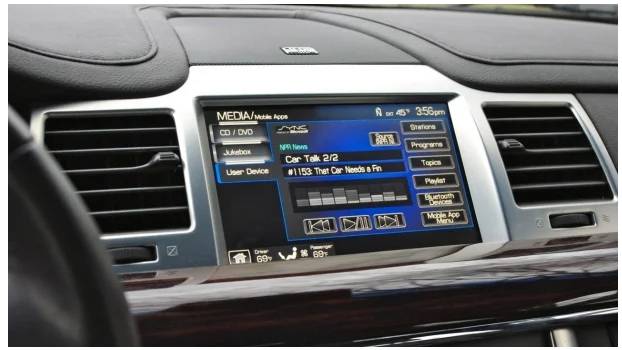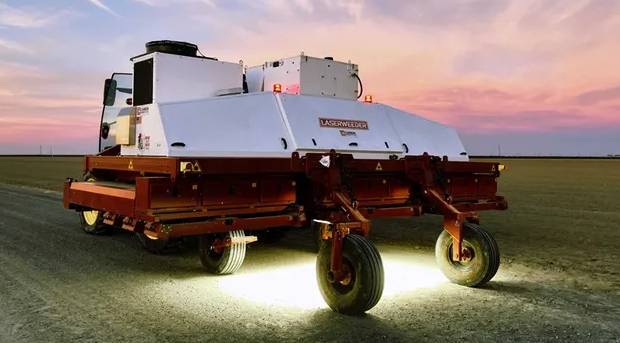
Few drivers know: Microsoft temporarily sold an automotive version of Windows for use in infotainment systems. An excavation
“What happened to Windows Automotive?” This question arose when researching infotainment operating systems in cars. It turned out to be astonishingly difficult to answer for someone who did not see the coming and going of this operating system at the time. The fossil finds indicate a first-class, top-class cluster fuck.
What Microsoft was planning to do with an operating system for the vehicle center console was probably not clear to anyone even in Redmond at that time. It started with the “Auto PC” project. The Auto PC should be in line with the “Handheld PC” and the “Palm PC”, early ancestors of today’s smartphones with hooked pen operation and regular crashes every 30 CPU minutes. Windows CE, an embedded operating system, did not run on all of these devices, and it was not even possible to define what “CE” should actually mean. You can just imagine something suitable for yourself. “Windows Clusterfuck Ebola” or something.
Without stability, without a spare wheel
Windows CE was never particularly popular as an embedded OS. A reasonable real-time capability was lacking for industrial hardcore applications; for use in ticket machines (or a “Pocket PC”) lacked stability and usability. One of the reasons why Pocket PCs fell into collective oblivion immediately after the first iPhone was released in 2007 was the fact that iOS invested almost all of its computing time in the user interface and was also relatively stable. An infotainment system does not need a real-time operating system, user-friendliness is optional, but stability is essential. Microsoft’s automotive branch already started with leaky tire valves without a spare wheel. What he lacked in stability and suitability for use, he compensated with the quantity of names.
A good ten years passed from “Microsoft Auto PC” to “Windows CE for Automotive”, “Windows Automotive”, “Microsoft Auto” and “Windows Embedded Automotive”. I can’t think of an operating system ad hoc that often received new imperial dresses. With “Windows Embedded 8 Automotive” Microsoft pushed the version number to another position before this last build up was stopped, before it was even delivered – maybe luckily. Let’s assume that Microsoft and the automakers incrementally improved the product. But the cycle times in the automotive industry are so long that problems go around for a long time. In particular, the instability could not be completely driven out of the system, so it got on customers’ nerves. In addition, there was a comparatively poor performance and too limited hardware selection.
Shame! Shame!
Today Microsoft does not want to talk about “Windows Automotive”, under which name I would like to summarize all of its name variants to minimize confusion. The press department refers to the new, glittering automotive area that belongs to the in-house cloud solution Azure: See! Even Volkswagen AG uses our products in their auto cloud! Microsoft does not say that Volkswagen experimented with Windows Automotive and ended up doing what Ford later wished it had (namely screaming to run away). Even after repeated drilling, begging, and persisting, Microsoft simply said nothing more. Microsoft’s infotainment operating system and the associated software platform no longer exist – reasons unknown, but suspect.

 Exploring the Enigma of ‘Blue Zones’: Global Hotspots for Longevity
Exploring the Enigma of ‘Blue Zones’: Global Hotspots for Longevity  Ethical Considerations in the Development of Future AI Assistants: Insights from Researchers
Ethical Considerations in the Development of Future AI Assistants: Insights from Researchers  AI Revolutionizes Agriculture: Robotics and Lasers Join Forces to Tackle Weeds Across Farmlands
AI Revolutionizes Agriculture: Robotics and Lasers Join Forces to Tackle Weeds Across Farmlands  AI Unveils Groundbreaking Antibiotic Effective Against Superbugs
AI Unveils Groundbreaking Antibiotic Effective Against Superbugs 


